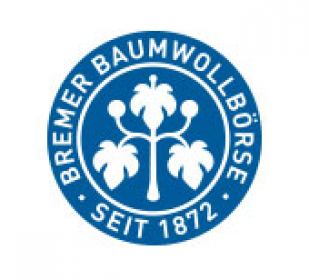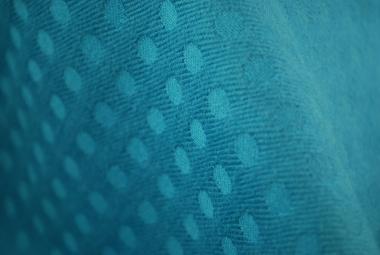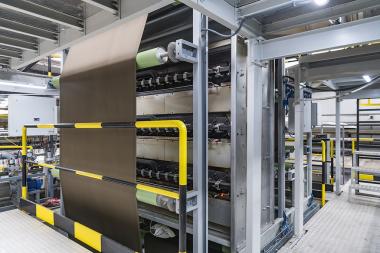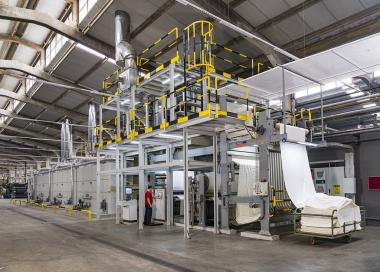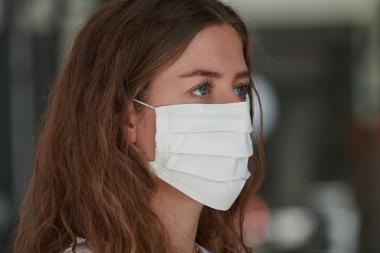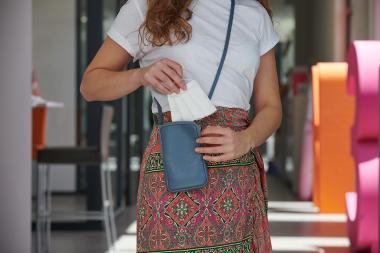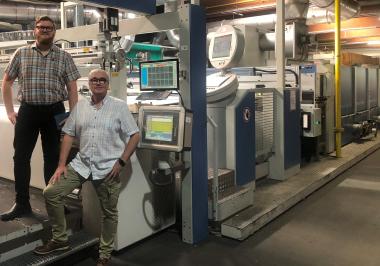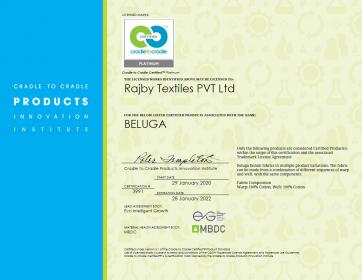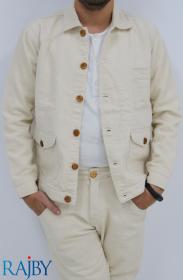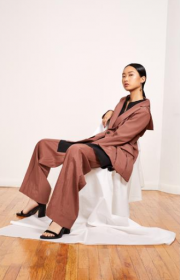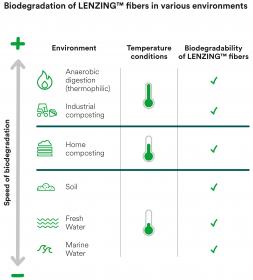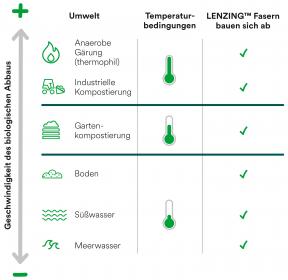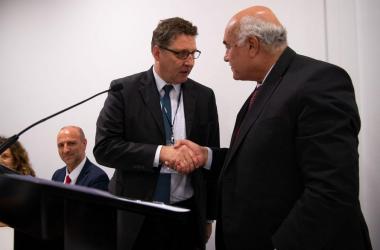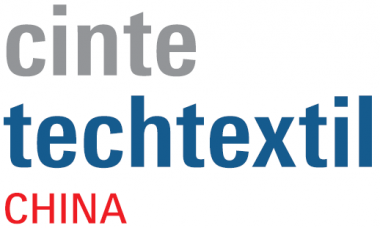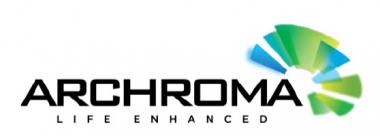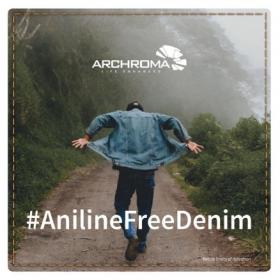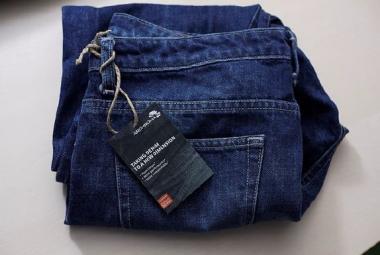35. Internationale Baumwolltagung Bremen
Unter dem Motto ‚Passion for Cotton!‘ findet am 17. und 18. März die 35. Internationale Baumwolltagung Bremen statt.
Die Bremer Baumwollbörse und das Faserinstitut Bremen e.V. (FIBRE) schaffen mit einer innovativen digitalen Hybrid-Edition eine Möglichkeit, durch die sich die internationale Baumwollwirtschaft auf einer virtuellen Tagungsplattform versammeln kann.
Banknoten aus nachhaltiger Baumwolle
Bernadette O’Brian vom Directorat Banknoten bei der Europäischen Zentralbank in Frankfurt (EZB) ist verantwortlich für die umwelt- und gesundheitsgerechte sowie die fälschungssichere Produktion von Banknoten. In ihrem Vortrag ‚Der Einsatz von nachhaltigen Baumwollfasern in Euro-Banknoten‘ beleuchtet sie im Rahmen der globalen Nachhaltigkeitsstrategie der EZB die europaweiten Herstellungspraktiken von Banknotenpapier inklusive der Kontrolle der Fertigungsprozesse.
3-D Datenbank für Gewebe und Farben - Digitalisierung sorgt für mehr Baumwollverwendung
Mit einer verstärkt von Digitalisierung geprägten Beschaffungskette beschäftigt sich der Vortrag von Mark Messura, Senior Vice President, Global Supply Chain Marketing, Cotton Incorporated, Cary, USA. Cotton Incorporated hat ein einzigartiges Datenbanksystem errichtet, mit dem Designer auf der ganzen Welt Zugriff auf hunderte von Baumwollstoffen aus unterschiedlichsten Garnen, Webarten und Farbstellungen haben. Alle Stoffmuster stehen digitalisiert in 3-D-Darstellung zur Verfügung.*
Afrikas Textilwertschöpfungskette im Blick
Navdeep S. Sodhi, Partner beim weltweit operierenden Beratungsunternehmen Gherzi Textil Organisation AG, Zürich, Schweiz, beschreibt die bestehenden Strukturen der afrikanischen Baumwolltextilwertschöpfungskette und analysiert Chancen und Risiken einer wirtschaftlichen Weiterentwicklung. Die afrikanische Baumwolltextilindustrie ist hochgradig fragmentiert. Es fehlt an Verlinkungen zu vorgelagerten Stufen wie dem Baumwollanbau, der Entkörnung und der Vermarktung im Inland.*
*Weitere Informationen finden Sie im Anhang.
Baumwolle Internationale Baumwolltagung Bremen Bremer Baumwollbörse Baumwollwirtschaft
Bremer Baumwollbörse


